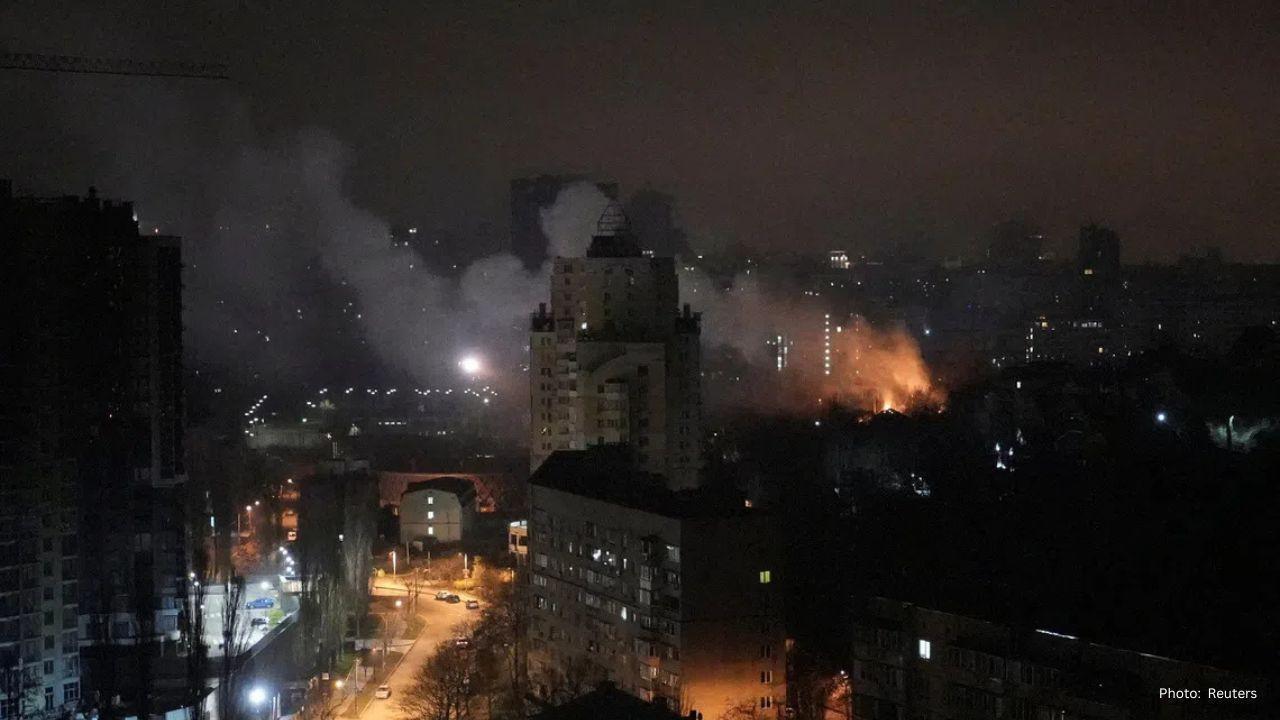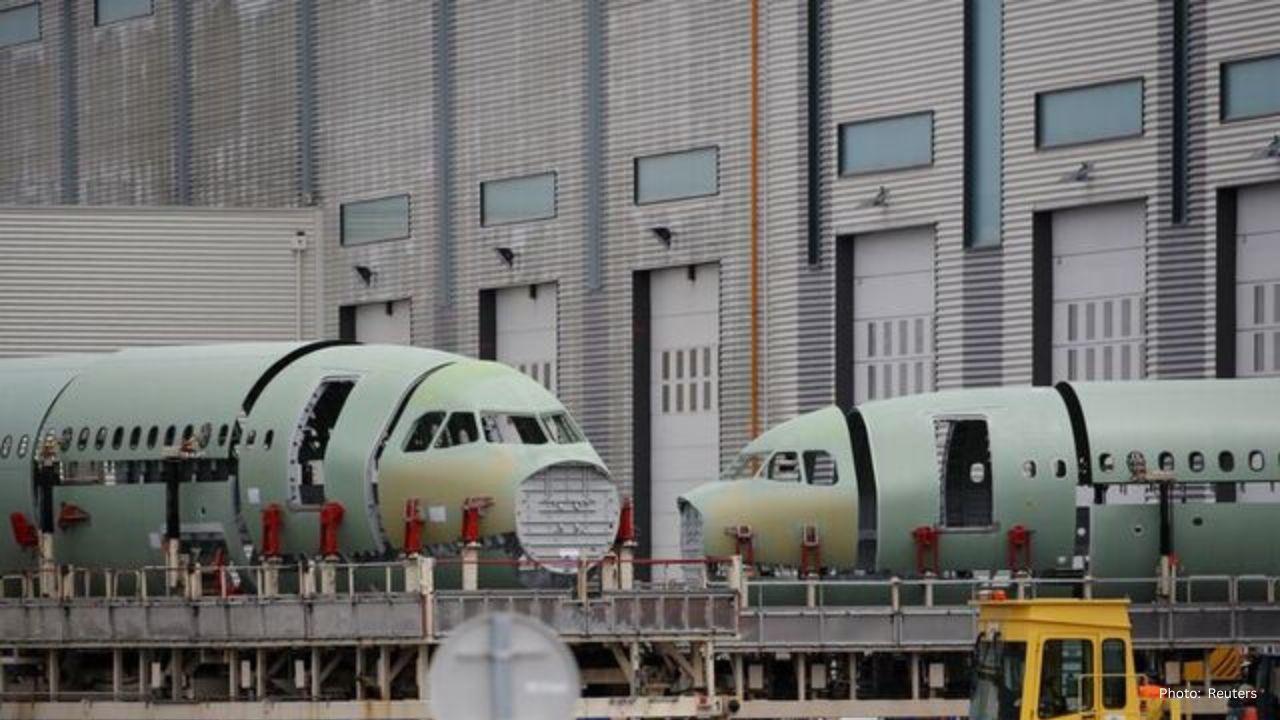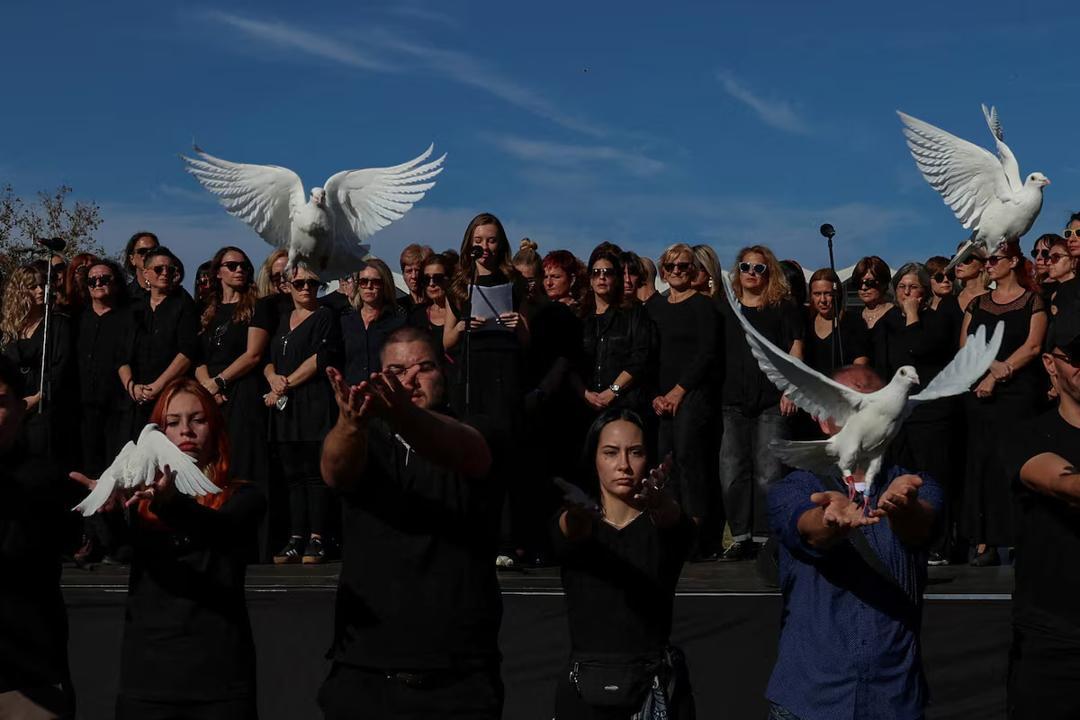
Post by : Meena Rani
The first time he throttled the MiG‑21 to full power, soaring 20km above the Earth at twice the speed of sound, the young fighter pilot felt utterly weightless, as if the sky itself had let him go.
"At Mach 2, you can feel the lightness in the stomach. The MiG‑21's turns at that speed are vast—banking sharply can carry you over many kilometres before completing a full arc," recalls Air Marshal (retired) Prithvi Singh Brar. He joined the Air Force in 1960, switched to the Soviet jet in 1966, and flew it for the next 26 years.
"I loved flying the MiG‑21 the way a bird loves the sky. In combat, it protected me—when the hawk comes for the bird, the clever bird gets away. That's what the MiG‑21 was for me," he said.
After six decades of admiration—and later, infamy—India’s most iconic warplane took its final flight. At its peak, the MiG‑21 formed the backbone of the Indian Air Force, making up two-thirds of its fighter fleet. It inspired fierce loyalty among pilots but also earned the grim nickname "flying coffin" due to a series of deadly crashes in its later years.
Production and Operational Legacy
Between 1966 and 1980, India procured 872 MiG aircraft of various models. Official figures record 482 MiG crashes between 1971‑72 and April 2012, claiming the lives of 171 pilots, 39 civilians, eight service personnel, and one aircrew, caused by both human error and technical defects. No official data has been updated since.
"The MiG‑21 has a chequered legacy. It was the mainstay of the IAF for over three decades and served in various roles in all of India’s conflicts since the 1965 Pakistan war," says Rahul Bhatia, a geopolitical risk analyst. "However, starting in the early 2000s, it became better known for its high crash rate. Pilots look back fondly, but the aircraft stayed in service far longer than it should have," he adds.
Designed by the Soviets and first inducted in 1963, the needle-nosed MiG‑21 was razor-slim, blisteringly fast at altitude, and capable of rapid climbs. At its peak, it flew in over 50 air forces, from the Soviet Union and China to Egypt, Iraq, Vietnam, and India, making it one of the most widely operated supersonic jets in history.
In India, Hindustan Aeronautics Limited (HAL) began license-building the MiG‑21 in the mid-1960s. It became the cornerstone of IAF squadrons, prized for versatility across multiple combat roles.
Cockpit Realities and Pilot Experience
Inside the MiG‑21 cockpit, there was little comfort—just a single seat and the sky pressing in all around. The air-conditioning, designed for Russian winters, was barely adequate in scorching Indian summers. At low altitudes, cockpits often became stifling, causing pilots to lose a kilo or more of body weight during a single sortie, remembers Air Marshal (retired) Vinod K Bhatia.
"Most of the sorties I flew were around 30 minutes long, so the discomfort was bearable. It was all part of the game and still enjoyable," he said.
Originally a high-altitude interceptor built for speed and short-range climbs, the MiG‑21 was quickly adapted by the IAF for close combat and ground attacks. By the 1971 war with Pakistan, it had become a formidable multi-role fighter. It also strengthened India’s defence ties with Russia and helped jump-start its own aerospace industry.
Combat Performance and Adaptability
"We adapted the aircraft to Indian conditions in a remarkable way. Though it had design limitations and wasn’t built for close combat, we pushed it beyond what Russian test pilots and manuals taught, mastering close combat flying impressively," says Air Marshal Brar.
During the 1971 war, MiG‑21s carried out low-level night strikes deep into Pakistani territory. Brar recalls flying missions that struck targets 250km inside enemy territory, taking off from Amritsar, executing precise attacks, and returning through Rajasthan within 35 minutes.
Every fighter jet has quirks, and the MiG‑21 was no exception. Fast descents and high-speed stalls were part of its character. "Master it, respect it, and it was a beautiful airplane to fly," says Air Marshal Bhatia.
Safety Record and Criticism
Despite the admiration, the MiG‑21’s later reputation was tarnished. "The media was unkind to the aircraft," one pilot said. Defence analyst Rahul Bedi notes there is "misplaced nostalgia" because the jet was responsible for numerous deaths. Frequent crashes were often due to ageing airframes, high landing speeds, and stretched maintenance cycles.
"Attempts to retire the fighters were repeatedly stalled by inefficiency and bureaucratic inertia," Bedi says. Replacement light combat aircraft, conceived in 1981 and first flown in 2001, remain limited, with only two operational squadrons even today.
A Fond Farewell
With its last two squadrons retired, India now has 29 fighter units against a sanctioned 42. Yet, for the pilots who flew it, the MiG‑21 was never just a machine—it was a trusted partner in the sky.
Brar recalls his last sortie from Chandigarh in July 2000, just before retirement: "I was in the sky once more, like a bird taking flight for the last time. When I landed and stepped out of the cockpit, I felt completely content."
The MiG‑21’s legacy endures—not just in statistics or combat records, but in the memories of the pilots who felt the freedom, danger, and exhilaration of flying India’s most iconic supersonic jet.
MiG‑21 retirement, Indian Air Force, IAF squadrons, fighter jet legacy










Advances in Aerospace Technology and Commercial Aviation Recovery
Insights into breakthrough aerospace technologies and commercial aviation’s recovery amid 2025 chall

Defense Modernization and Strategic Spending Trends
Explore key trends in global defense modernization and strategic military spending shaping 2025 secu

Tens of Thousands Protest in Serbia on Anniversary of Deadly Roof Collapse
Tens of thousands in Novi Sad mark a year since a deadly station roof collapse that killed 16, prote

Canada PM Carney Apologizes to Trump Over Controversial Reagan Anti-Tariff Ad
Canadian PM Mark Carney apologized to President Trump over an Ontario anti-tariff ad quoting Reagan,

The ad that stirred a hornets nest, and made Canadian PM Carney say sorry to Trump
Canadian PM Mark Carney apologizes to US President Trump after a tariff-related ad causes diplomatic

Bengaluru-Mumbai Superfast Train Approved After 30-Year Wait
Railways approves new superfast train connecting Bengaluru and Mumbai, ending a 30-year demand, easi